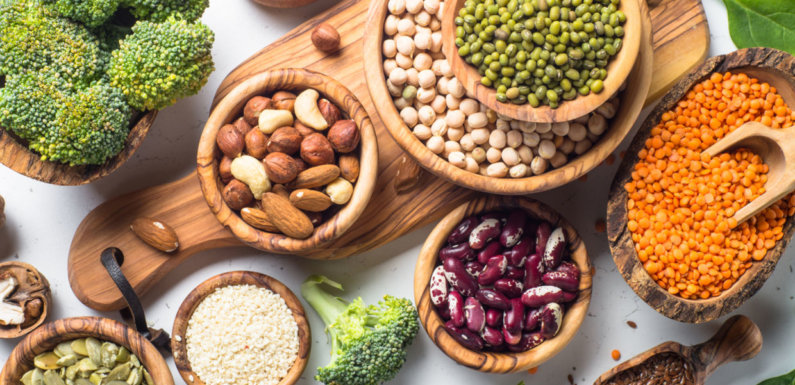
Plant protein is essential. Eating more natural, unprocessed plant foods will do wonders for your health. One of the biggest concerns about eating less meat and consuming more plant-based foods is the fact that you won’t be consuming enough protein. This can become a serious issue, since your body needs protein to form new cells and renew its existing tissues. Without enough protein your body can’t sustain its muscle, hair, skin, nail and organ tissues. This includes vital organs like the brain, liver, lungs and heart.
Can you get enough protein from plant foods? Thankfully, the answer is a resounding yes.
5 Plant protein sources that you should add to your diet
1. Seitan
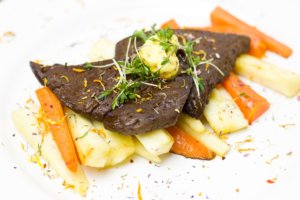
This food is a popular source of protein for vegans and vegetarians. Seitan is made from gluten. Gluten is the protein component of wheat and can resemble the same look, texture and taste as meat when cooked or prepared for that purpose. Since gluten is the protein part of wheat, 100 grams of Seitan contains about 75 grams of protein. It is commonly sold as a meat alternative in grocery stores.
You might be worried about eating gluten because of the recent anti-gluten movement. Gluten is safe to eat if you are not gluten intolerant. This protein-like plant substitute is prepared in the same way as meat. It can be fried, baked or barbecued with the same spices that are typically used for meat-based dishes like chicken or beef.
2. Soy plant protein
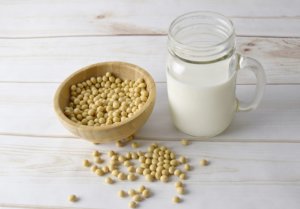
First of all, soy comes from a bean known as the soybean or soya bean. It is a type of legume. 100 grams of soy contains around 36.5 grams of protein. That means that more than 36% of soy is pure protein. This is very impressive when you compare it to the fact that 100 grams of salmon has 20 grams of protein, or that 100 grams of boiled eggs have around 13 grams of protein.
You can buy soy beans dried or fresh at the store. Rinsing the soybeans in water and soak the dried beans or skip the soaking process of the beans are fresh (not dried). Drain the beans and boil them until they become soft and mushy. Many people use the left over boiled water to make soups or sauces. You can serve the boiled soybeans as they are, add them to a salad, bake them in combination with other foods or make chili. Baking the beans after boiling them will give them a crunchy texture.
3. Peanuts
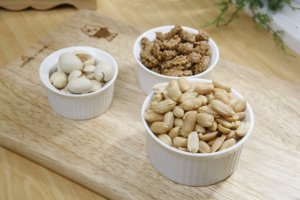
Nuts are high in protein in general, but I have tried to focus on plant foods that are more cost effective so that you can eat them in high enough quantities to meet your daily protein requirement. Peanuts are one of my favorite snacks when I am in the mood to nibble because they are quite cheap and the time that it takes to crack each one out from the shell reduces the total amount that I end up eating. Think of them as a protein rich popcorn alternative that forces you to eat one at a time instead of stuffing your face with a handful at every bite. If you are watching your caloric intake, try buying them still encased in their shells to reduce the amount that you eat per serving.
100 grams of peanuts will give you around 26 grams of protein. If you want to limit your sodium intake, opt for the unsalted products. Unroasted peanuts are also higher in nutrients, since heat can destroy some of the micro nutrient content.
4. Chickpeas as plant protein
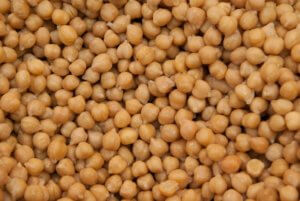
100 grams of chickpeas will give you around 19 grams of protein. Additionally, they are high in a range of micro nutrients like vitamins, minerals and antioxidants. This makes them a great food choice for people who don’t eat a lot of meat.
I enjoy adding cooked chickpeas into pasta or roasting or baking them for a crunchy snack. You can also use them in chilies, blend them with lentils and soy to make a high protein sauce or dip or add them to a highly nutritious salad.
5. Lentils
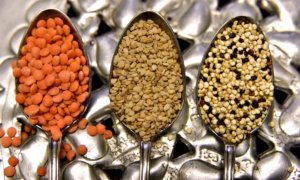
The super food lentils contain 9 grams of protein per 100 grams. Although they have a slightly lower protein content, lentils are extremely beneficial to people who are not eating a lot of meat because of their high iron content. Iron is an extremely important nutrient. Oxygen transportation is reliant on iron. Humans usually get their iron requirements from red meat.
You can easily incorporate lentils into meals by adding them to salads, rice and stews or simply enjoyed on their own.
Conclusion
Therefore, different foods have different nutrients that the body needs and by eating a more varied diet, you give your body the ability to absorb the nutrients that it needs. Living on a plant-based diet certainly does not mean that you can’t get the protein that your body needs to renew its cells. Above all, remember to always drink enough water and incorporate regular exercise to maximize the benefits of a good diet.
